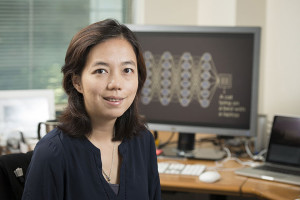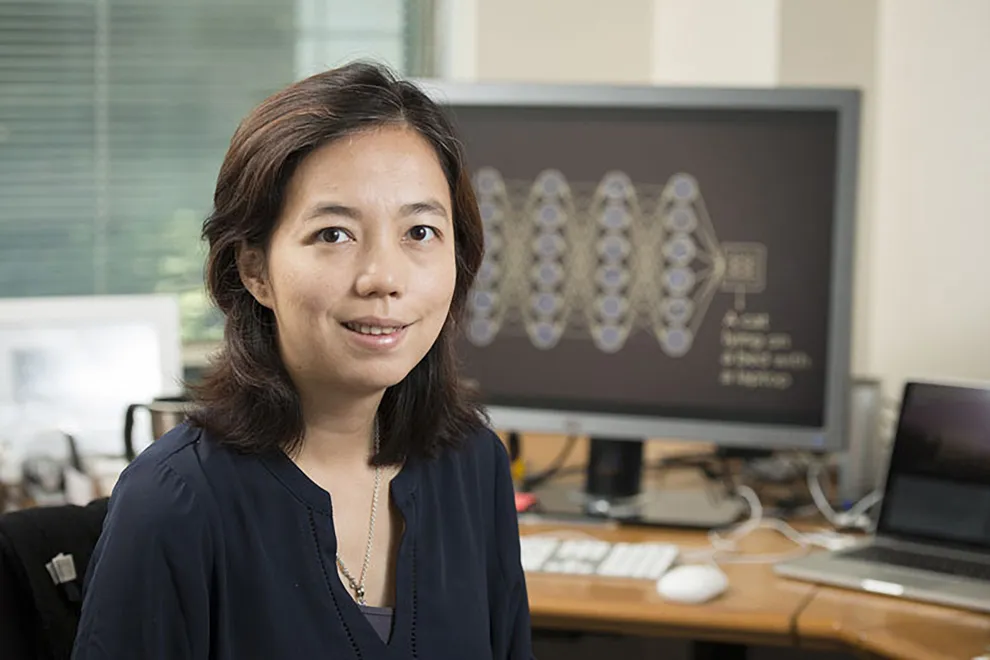
On Sept. 4, Stanford announced that it would be opening a new research center devoted to artificial intelligence and building autonomous cars. The SAIL-Toyota Center for Artificial Intelligence (AI) Research is the result of a partnership between the Stanford Artificial Intelligence Lab (SAIL), researchers at MIT and Toyota, which has pledged $25 million to support Stanford’s research on artificial intelligence.
Toyota is also funding a similar AI research center at MIT, which will be called the Toyota-CSAIL Joint Research Center.
Persis Drell, the dean of Stanford’s School of Engineering, said in a Stanford News article that the University has long been at the forefront of research in artificial intelligence.
“The Stanford School of Engineering has a strong track record of leading innovation in artificial intelligence,” Drell said. “This support [from Toyota] will enable us to expand our research in human-centered AI and innovate solutions to some of the world’s most pressing challenges.”
The center at Stanford will be directed by Fei-Fei Li, an associate professor in the Computer Science Department and director of the Stanford Artificial Intelligence Lab. Li and other researchers at the SAIL-Toyota Center will primarily concentrate their efforts on developing and improving autonomous driving.
Li explained that being able to drive a car is a crucial test for AI to pass because it requires the computer to think like a human by observing and interacting with the world around it, as well as making decisions based on changing external stimuli.
“AI-assisted driving is a perfect platform for advancing fundamental human-centric artificial intelligence research while also producing practical applications,” Li said. “Autonomous driving provides a scenario where AI can deliver smart tools for assistance in decision making and planning to human drivers.”
At first, AI technologies developed at the SAIL-Toyota Center will require a human driver and a computer to work together and share control of the car, rather than allowing for an independent robot to completely take over the task of driving.
Li said that developing this type of human-centric AI means that researchers will need to devise technology that makes human users feel comfortable and safe driving semi-autonomous cars, in order to make sure people will be willing to buy and use the cars.
But making artificial intelligence more accurate and reliable for its own sake isn’t the only benefit of developing autonomous cars. There are 3,400 deaths per day related to driving, according to the Stanford News article. Through the work of the SAIL-Toyota Center for AI Research, self-driving cars could reduce human error and potentially save hundreds of thousands of lives.
Contact Sarah Wishingrad at swishing ‘at’ stanford.edu.
